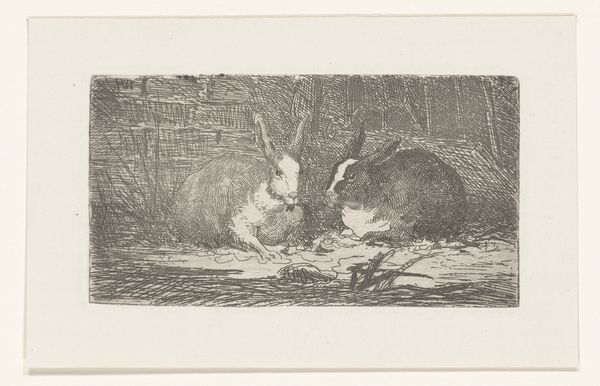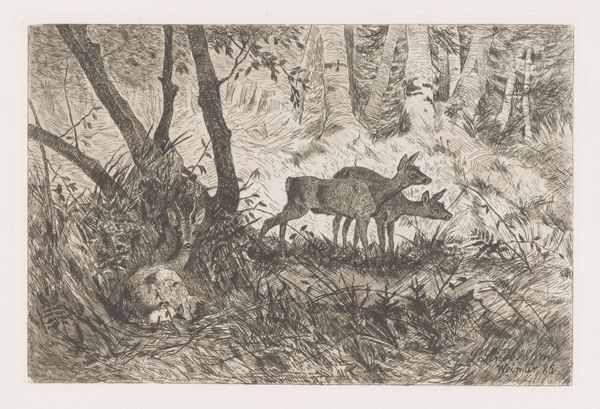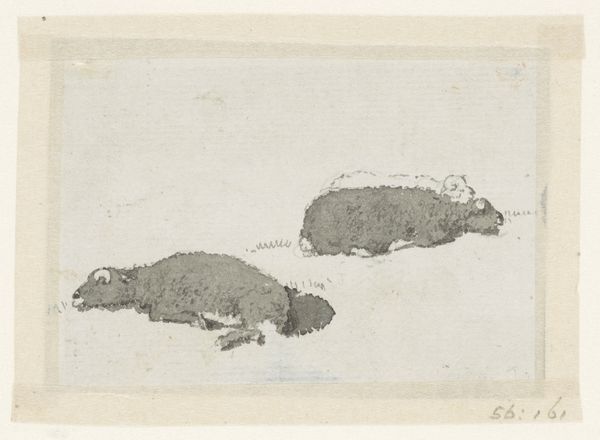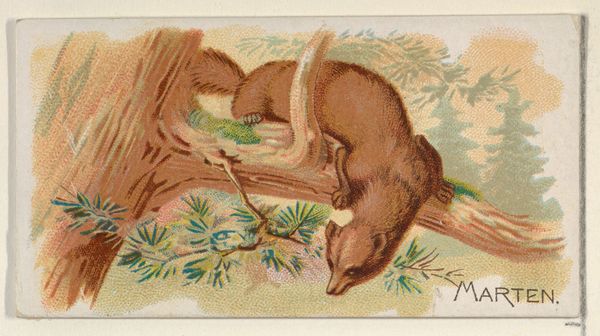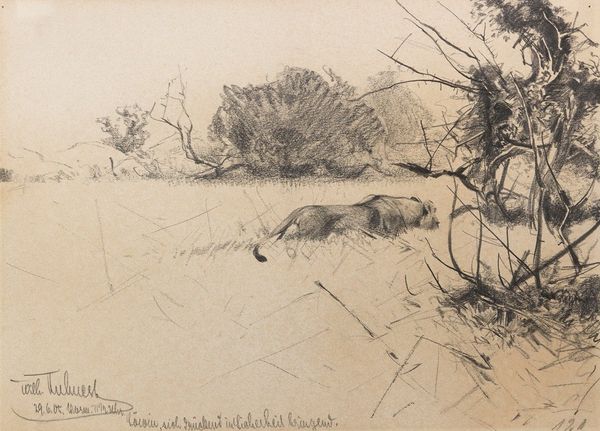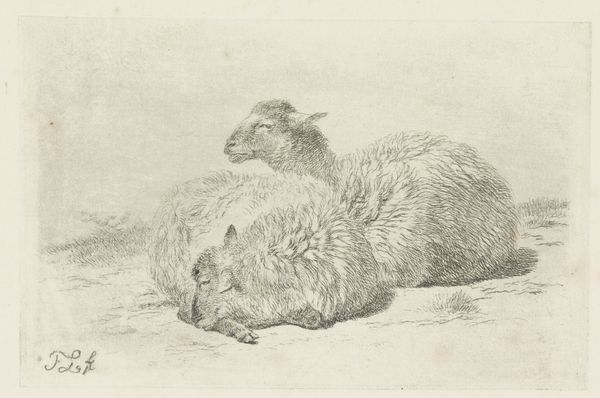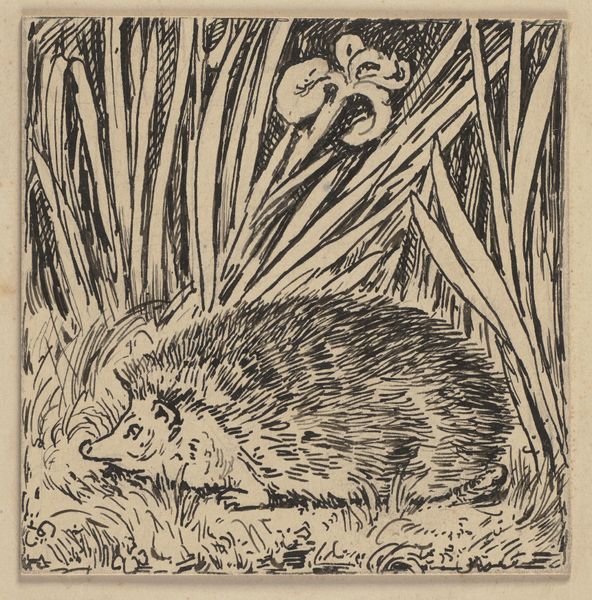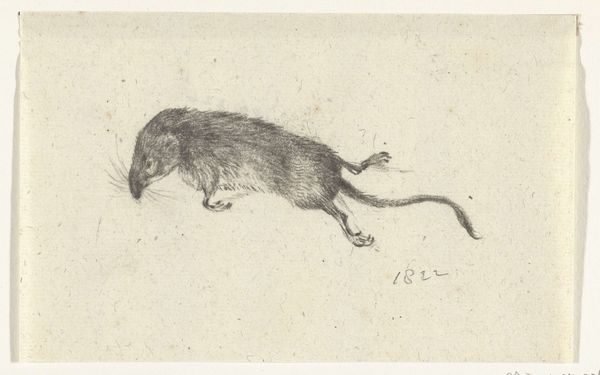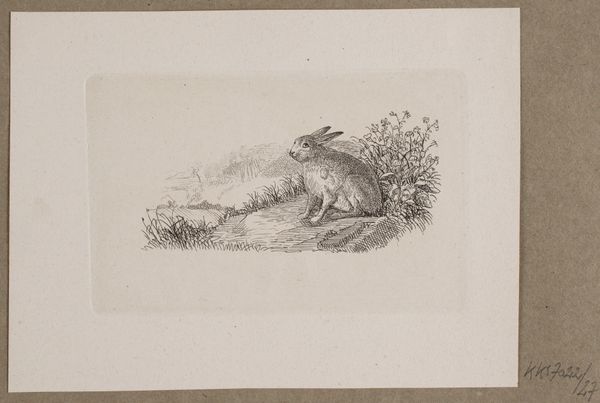
print, woodcut
#
vegetal
#
art-nouveau
#
animal
# print
#
landscape
#
linocut print
#
woodcut
#
line
#
watercolour illustration
#
naturalism
Dimensions: height 152 mm, width 208 mm, height 339 mm, width 464 mm
Copyright: Rijks Museum: Open Domain
Theo van Hoytema created this lithograph of a hedgehog and its young, using crayon and brush. It’s a relatively accessible medium, well suited to the production of images for mass consumption in the late 19th century. Note the rather free handling of the crayon, which gives the print a sense of immediacy. You can almost see the artist at work, sketching in the prickly texture of the adult hedgehog, and the softer forms of its young. The flowers and foliage around them are described with similar directness. Lithography allowed for the relatively quick reproduction of images for a growing market of printed materials, from books to posters. Artists like van Hoytema, who often focused on scenes from nature, were able to reach a wide audience, bringing the beauty of the natural world into people's homes. Paying attention to materials and processes, as we’ve done here, really helps us understand the social and cultural significance of this artwork. It encourages us to rethink traditional distinctions, revealing the connections between fine art, craft, and everyday life.
Comments
No comments
Be the first to comment and join the conversation on the ultimate creative platform.
